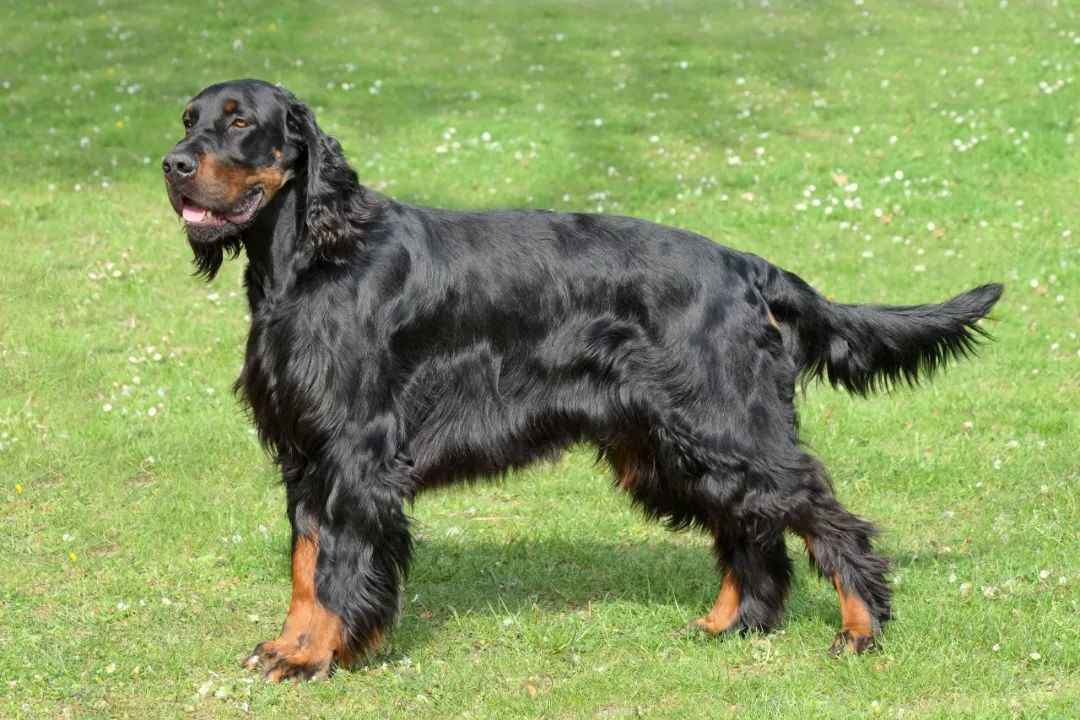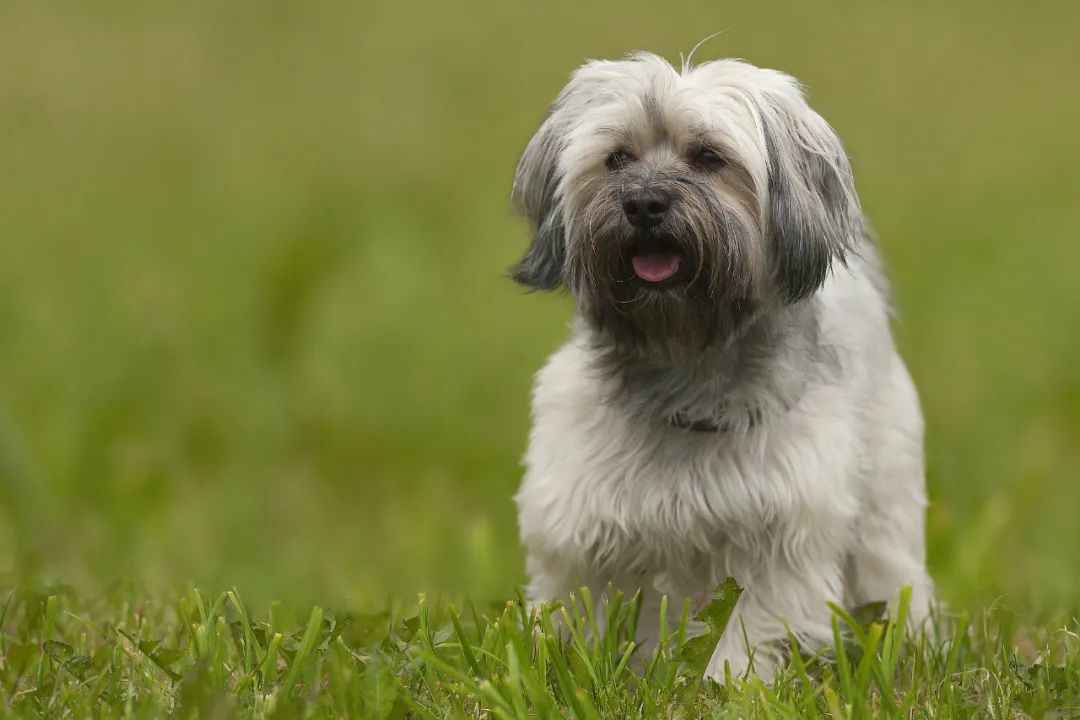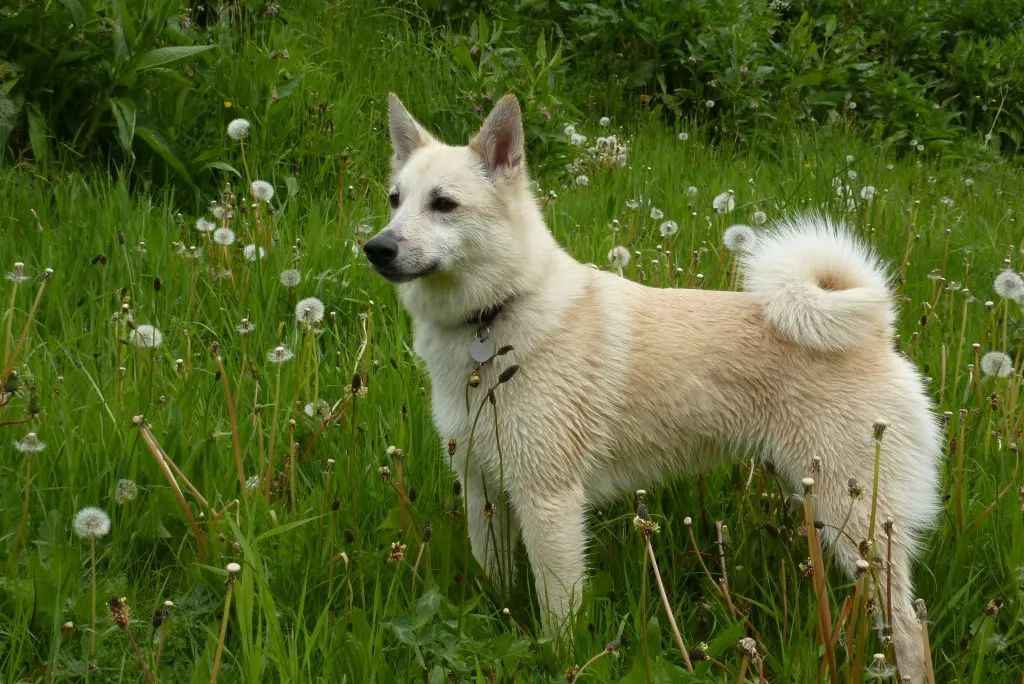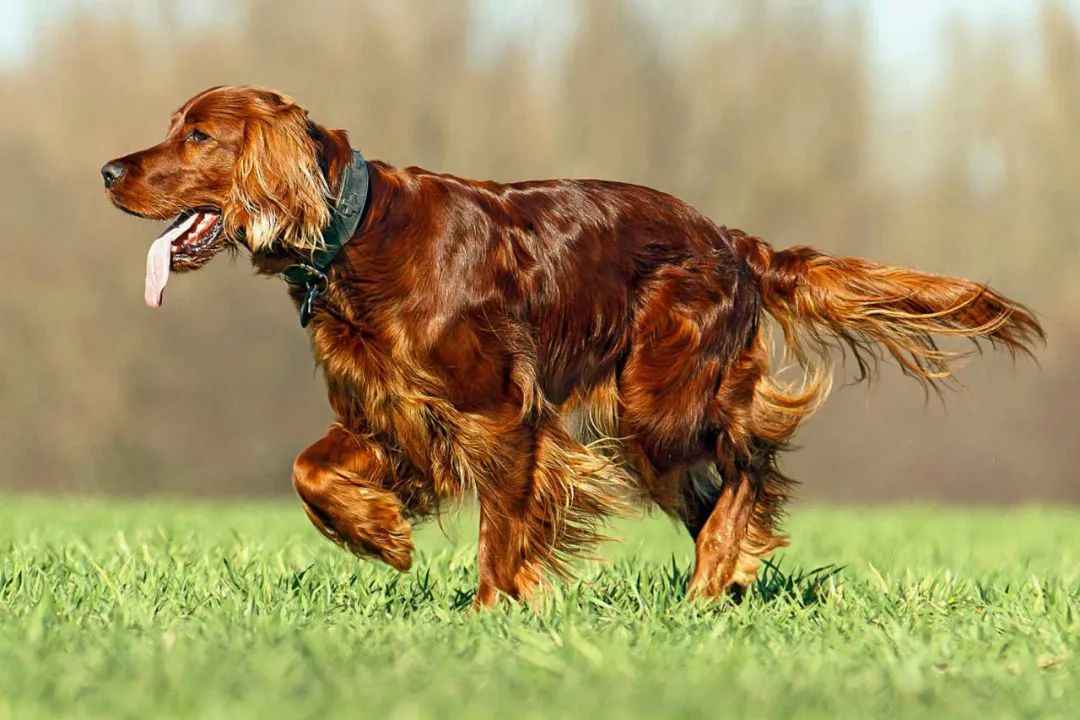The Rottweiler, a breed steeped in history and often misunderstood, has captivated dog enthusiasts and families alike with its imposing presence and unwavering loyalty. Originating from the German town of Rottweil, these dogs were initially bred to herd livestock and pull carts, later gaining fame as police and military working dogs. Today, they are celebrated as devoted family companions, though their protective instincts require careful management.
Exclusive: Rottweiler – The Loyal Guardian with a Complex Legacy

Source: Images from the Internet, if there is any infringement, please contact the removal of
The Rottweiler, a breed steeped in history and often misunderstood, has captivated dog enthusiasts and families alike with its imposing presence and unwavering loyalty. Originating from the German town of Rottweil, these dogs were initially bred to herd livestock and pull carts, later gaining fame as police and military working dogs57. Today, they are celebrated as devoted family companions, though their protective instincts require careful management.
Physical Traits and Health Challenges
Rottweilers are robust, muscular dogs with a distinctive black-and-tan coat, standing 22–27 inches tall and weighing 30–50 kg. Their lifespan averages 9–10 years, slightly shorter than smaller breeds due to genetic predispositions like hip dysplasia and osteosarcoma (bone cancer)34. Responsible breeders prioritize health screenings to mitigate risks, but owners must monitor weight and provide joint-supportive diets. Recent cases highlight the importance of veterinary care, such as a UK Rottweiler that survived swallowing a 10cm spring after endoscopic surgery2.
Training and Socialization: Keys to Balance
While inherently intelligent, Rottweilers demand structured training and early socialization to channel their protective instincts positively. Puppies should be exposed to diverse environments, people, and animals from 3–12 weeks to prevent fear-driven aggression8. Expert trainers emphasize consistency, as poorly managed Rottweilers may exhibit territorial behavior, particularly males. Conversely, well-trained individuals excel in roles like therapy dogs and search-and-rescue workers, showcasing their versatility9.
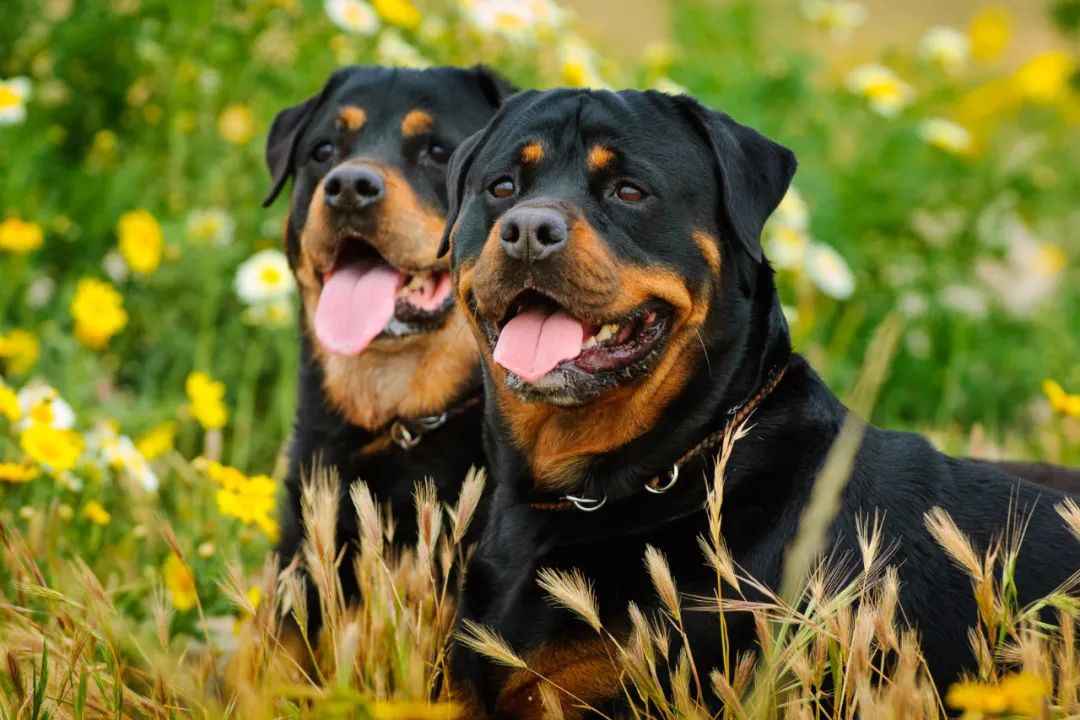
Source: Images from the Internet, if there is any infringement, please contact the removal of
Guardian Instincts and Community Impact
Their natural wariness of strangers makes Rottweilers exceptional guard dogs, but this trait requires nuanced handling. Recent legal cases underscore the consequences of neglect: an Ohio man was jailed for starving his Rottweiler, sparking public outrage and highlighting the breed’s vulnerability to mistreatment1. Advocates stress that responsible ownership—including proper exercise, mental stimulation, and veterinary care—is vital to fostering a balanced Rottweiler.
Conclusion
The Rottweiler’s dual role as a guardian and companion reflects its complex heritage. While challenges like health issues and training demands exist, their loyalty and intelligence make them rewarding pets for committed owners. As one enthusiast noted, “A Rottweiler’s heart holds the lessons of unconditional love and relentless courage”9. With proper care, these dogs embody the perfect blend of strength and affection, proving they are far more than their intimidating reputation suggests.
EXCLUSIVE: Rottweiler – The Loyal Guardian with a Complex Legacy
Hailing from the German town of Rottweil, the Rottweiler is a breed steeped in history, celebrated for its imposing physique and unwavering loyalty. Initially bred to herd livestock and pull carts, these dogs later became renowned as police and military working dogs57. Today, they thrive as devoted family companions, though their protective instincts require careful cultivation.
Physical Traits and Health Realities
Rottweilers are robust, muscular dogs with a striking black-and-tan coat, standing 22–27 inches tall and weighing 30–50 kg. Their average lifespan of 9–10 years is influenced by genetic predispositions like hip dysplasia and osteosarcoma34. Responsible breeders prioritize health screenings, but owners must also monitor weight and provide joint-supportive diets. Recent veterinary cases highlight their resilience, such as a UK Rottweiler that survived swallowing a 10cm spring through endoscopic intervention2.
Training: A Cornerstone of Behavior
Intelligent yet strong-willed, Rottweilers require structured training and early socialization. Puppies should be exposed to diverse environments, people, and animals from 3–12 weeks to prevent fear-driven aggression8. Expert trainers emphasize consistency, as poorly managed Rottweilers may exhibit territorial behavior, particularly males. Conversely, well-trained individuals excel in roles like therapy dogs and search-and-rescue workers, showcasing their adaptability9.
Guardian Instincts and Community Dynamics
Their natural wariness of strangers makes Rottweilers exceptional guard dogs, but this trait demands responsible ownership. Legal cases, such as an Ohio man jailed for starving his Rottweiler, underscore the consequences of neglect1. Advocates stress that proper exercise, mental stimulation, and veterinary care are vital to fostering a balanced Rottweiler. As one owner noted, “A Rottweiler’s loyalty is its strength; it’s a promise that doesn’t shrink under adversity”9.
Conclusion
The Rottweiler’s dual identity as a guardian and companion reflects its rich heritage. While health challenges and training demands exist, their loyalty and intelligence make them rewarding pets for committed families. With proper care, these dogs embody the perfect blend of strength and affection, proving they are far more than their intimidating reputation suggests. As the AKC notes, the Rottweiler’s “noble, alert, and self-assured” demeanor makes it a timeless symbol of devotion



